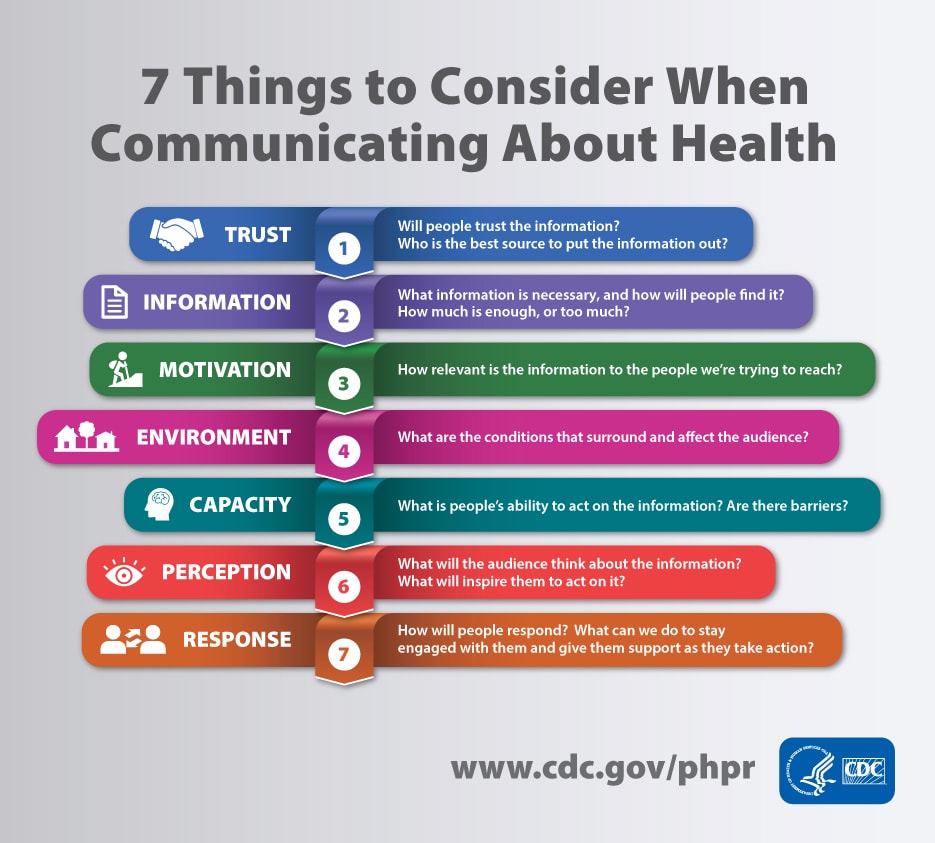Introduction to Effective Communication in Healthcare Settings
Effective communication is the cornerstone of quality healthcare, especially in disability support services, where clear, compassionate, and accurate exchanges of information can significantly impact the wellbeing of clients. This article introduces the critical role of communication in healthcare, exploring how it influences client care, worker satisfaction, and management efficiency. By fostering a deeper understanding of these dynamics, the series aims to provide valuable insights into enhancing communication across all levels of care. Effective communication not only ensures better safety and outcomes but also builds trust and improves collaboration between workers, clients, their families, and management.
 |
| Effective communication is the cornerstone of quality healthcare. (📷bundabergnow) |
Why Communication Matters in Healthcare
In healthcare settings, communication serves as the primary bridge between clients and caregivers. From discussing treatment options with a client to relaying critical information between healthcare professionals, every exchange plays a role in delivering quality care. For individuals with disabilities, clear and consistent communication is essential to understanding their needs, preferences, and limitations. Miscommunication or lack of communication can lead to errors, misunderstandings, and, in some cases, harm to clients. Conversely, effective communication contributes to better health outcomes, higher levels of client satisfaction, and improved worker-client relationships.
 |
| (📷cdc.gov) |
The Goals of This Series
Over the next 16 weeks, this series will delve deeply into different aspects of communication in healthcare settings, with a focus on disability support services. The articles will explore how communication can be optimised to enhance client care, safety, and staff morale. The goal is to equip healthcare workers, clients, families, and management with practical tools to strengthen communication channels, leading to a more collaborative and supportive environment for all. Whether you are a frontline support worker, a family member, or part of the management team, effective communication impacts everyone in the care process.
The articles will focus on topics such as building trust, navigating difficult conversations, understanding nonverbal communication, and addressing communication barriers. Each piece will offer research-based strategies to help readers apply these concepts in their daily interactions.
Communication as a Tool for Safety and Quality Care
Effective communication plays a pivotal role in ensuring client safety in healthcare environments. For disability support workers, the ability to relay accurate and timely information about a client’s condition, preferences, or behavioural changes can prevent accidents, avoid misunderstandings, and ensure that clients receive the care they need. Poor communication, on the other hand, has been linked to medical errors, inadequate care, and avoidable harm. In fact, research shows that communication failures are one of the leading causes of errors in healthcare settings, highlighting the need for continuous improvement in this area.
By promoting clear communication practices, healthcare teams can reduce the risk of errors and improve the overall quality of care. This includes ensuring that clients’ needs are understood and respected, that treatment plans are followed accurately, and that changes in care are communicated promptly across teams. For clients with disabilities, who may face additional communication challenges, tailored communication strategies are crucial for their safety and well-being.
The Role of Communication in Building Trust
In any healthcare setting, trust is foundational to the success of care. Clients need to trust that their support workers understand their needs, respect their preferences, and will advocate for their best interests. Effective communication is the key to building and maintaining that trust. When workers take the time to listen actively, respond empathetically, and communicate clearly, they demonstrate respect and understanding, which fosters a trusting relationship with clients and their families.
For disability support workers, building trust with clients often requires navigating complex communication dynamics, especially when clients have speech or cognitive impairments. In these cases, being attentive to nonverbal cues and using alternative forms of communication can bridge gaps in understanding. Trust built through effective communication leads to better care outcomes and more positive experiences for both workers and clients.
Improving Worker Satisfaction and Team Collaboration
Communication isn’t only about the client-worker relationship — it’s also critical for effective teamwork and job satisfaction. In a healthcare environment, collaboration between support workers, nurses, doctors, and administrative staff is essential for delivering coordinated care. When communication breaks down between team members, it can lead to confusion, frustration, and ultimately, a breakdown in the quality of care provided.
Clear, open lines of communication between team members help to ensure that everyone is on the same page regarding a client’s needs and treatment plan. Regular communication can also boost morale and reduce burnout among workers, as it creates a sense of shared responsibility and support. In healthcare settings, where stress levels are often high, having a team that communicates effectively can significantly improve the work environment and contribute to overall job satisfaction.
Moving Forward: A Call for Continuous Improvement
While this series will offer strategies to improve communication in healthcare settings, it’s important to recognise that communication is not a one-size-fits-all solution. Every client and situation is unique, and communication must be adapted to meet those individual needs. Continuous training, reflective practice, and openness to feedback are essential for healthcare workers who want to excel in communication.
Moreover, the rise of digital communication tools and telehealth presents new opportunities and challenges for communication in healthcare. As we move further into the digital age, healthcare workers must stay informed about best practices for using technology to enhance, rather than hinder, communication with clients and families.
 |
| Every client and situation is unique, and communication must be adapted to meet those individual needs. (📷claro) |
Communication is a powerful tool that has far-reaching implications in healthcare. When used effectively, it can lead to safer environments, higher quality care, and more satisfied clients and healthcare workers. This series will provide you with the knowledge and skills to enhance your communication practices, whether you’re supporting a client with a disability, working alongside other healthcare professionals, or managing a team. Ultimately, improving communication will lead to more positive outcomes for everyone involved in the care process.
⭐⭐⭐
*Part of Series: "Effective Communication in Healthcare Settings" NEXT >

.jpg)
